Rhinoplasty Surgery in Bangkok, Thailand
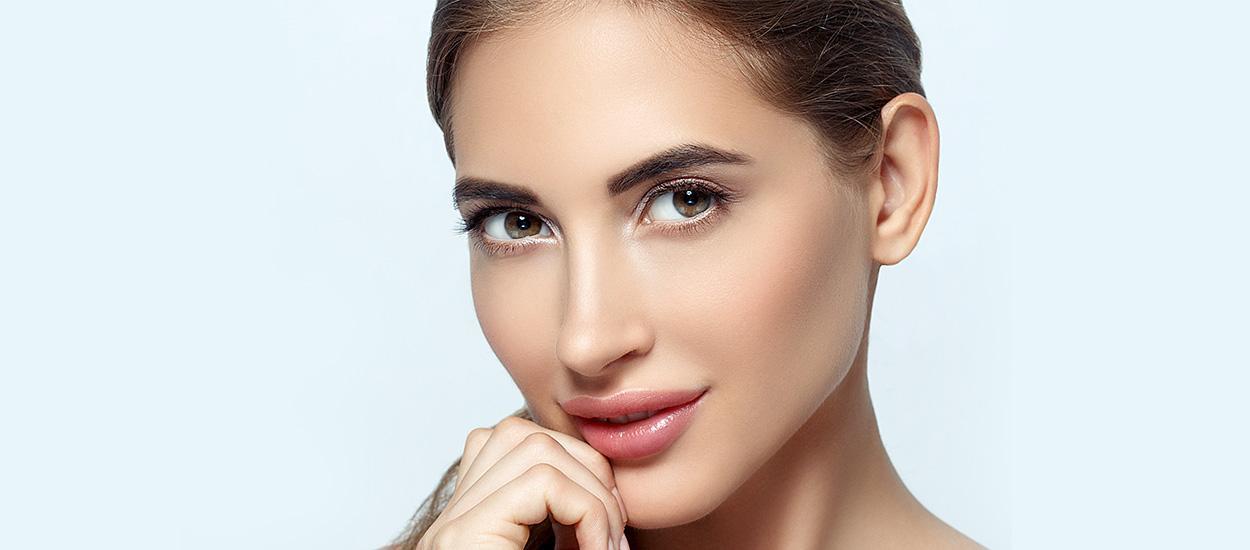
Rhinoplasty, or nose reshaping surgery, is one of the most sought-after plastic surgeries globally, especially in Bangkok, Thailand. This popular cosmetic procedure can significantly improve facial harmony and boost confidence. Nirunda Clinic is a leading aesthetic clinic in Bangkok and a trusted destination for rhinoplasty procedures, addressing concerns about size, shape, or breathing difficulties.
Typically performed by a qualified cosmetic surgeon, this surgery can refine the nose tip, bridge, or width, creating a more balanced and aesthetically pleasing look. While most often sought for cosmetic reasons, rhinoplasty can also correct structural problems that affect breathing.
The procedure, lasting 1-3 hours, can be done as an outpatient or inpatient treatment. The ideal candidates for rhinoplasty are patients with a prominent nasal hump, a broad nose bridge, or a nose tip requiring refinement.
Table of contents
- Types Of Rhinoplasty Surgery
- The Process
- Results and Follow-up
- Exploring Alarplasty Surgery
- The Process
- Results and Follow-up
- Tippoplasty
- The Process
- Results and Follow-up
- Hump Reduction
- The Process
- Results and Follow-up
- How To Prepare For Nose Surgery In Bangkok
- Post-surgery Care
- Consult With Dr. Seree Iamphongsai
- Visit Nirunda Clinic to Learn More
Types Of Rhinoplasty Surgery
- Closed Rhinoplasty (Internal Approach Rhinoplasty) involves making all incisions within the nasal interior, leaving no visible scars.
- Open Rhinoplasty (Open Structure Rhinoplasty), on the other hand, requires an external incision on the underside of the skin at the end of the septum (columella) between the nostrils to access the interior of the nose.
The primary difference between these two techniques is the presence of this small external incision in the open approach.
The Process
Rhinoplasty outcomes can vary due to individual factors, and not everyone will achieve the same results. Your surgeon's goal is to achieve the best possible outcome for you. Alterations may include increasing or decreasing the nasal bridge, reducing the size or width of the nose, narrowing the nostrils, changing the angle between the nose and upper lip, or reshaping the tip.
The surgical techniques used will primarily depend on the goals you want to achieve with your plastic surgeon. Often, incisions will be made inside your nose, making them invisible. If the base of the nose is to be narrowed or the nostrils reduced, small wedges of skin at the base of the nostrils will be removed, with incisions hidden in the natural crease where the nostril joins the cheek.
Through these small incisions, work is done on the cartilage and bone that form the framework of your nose. In some cases, the position of certain bones may need to be slightly altered to make your nose look narrower and straighter. If your nose needs to be built up in certain areas, this can be done using nasal cartilage, bone, or cartilage from another part of your body, such as the ear. The skin and soft tissues then re-drape themselves over this new framework.
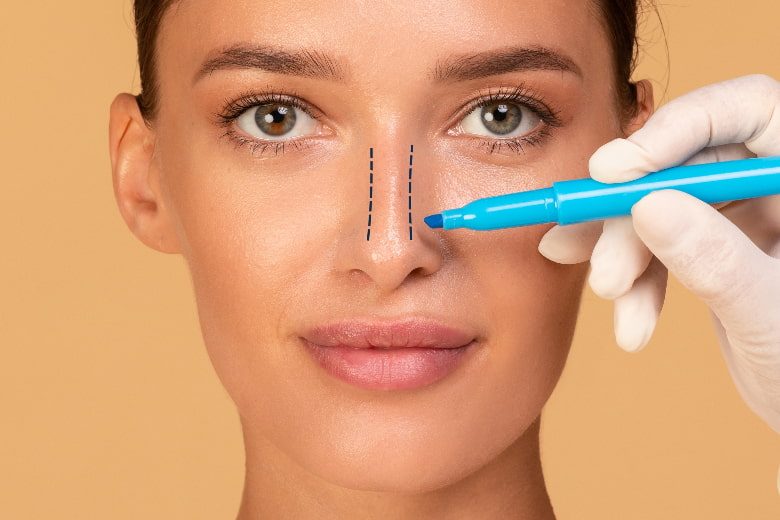
Results and Follow-up
You might notice some bruising around your eyes and cheeks in the first few days after rhinoplasty surgery. This is normal and usually clears up within a week. After a few days of recovery, you can even start using makeup to cover it if you'd like.
Swelling is also common after surgery and can last for several weeks. The tip of your nose might stay a little puffy for a few extra months, but this is usually subtle and shouldn't be too noticeable to others.
It's important to remember that everyone heals at their own pace. While this is a general timeline, your recovery experience may vary.
Exploring Alarplasty Surgery
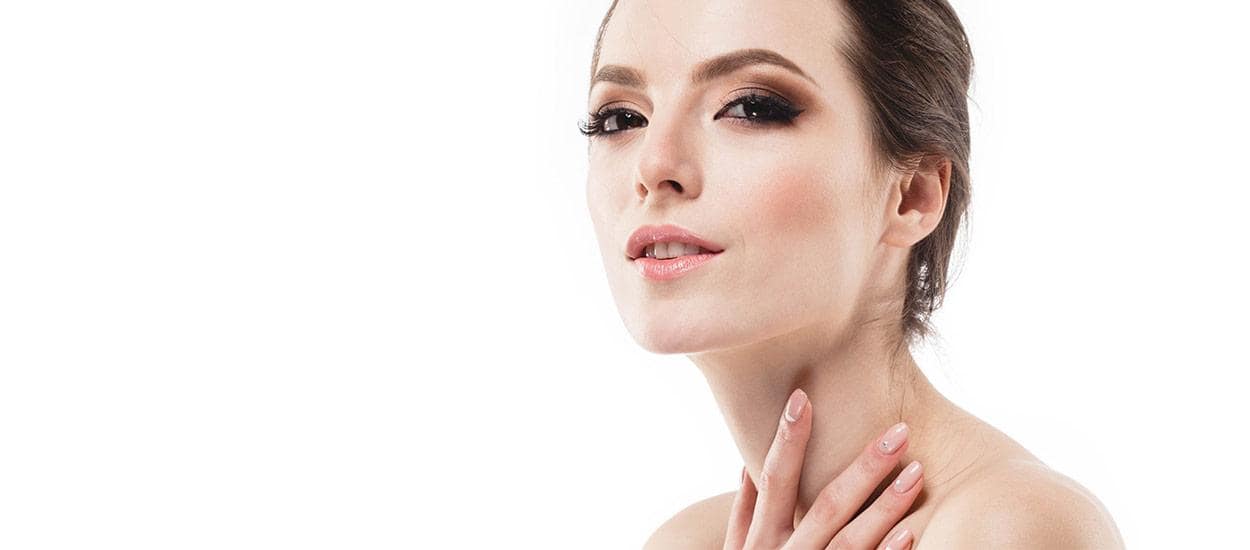
The nose defines the balance of the face, and a beautifully shaped nose that complements your other features is considered aesthetically pleasing by many. A well-proportioned nose typically has a straight bridge, a neat, rounded tip, and nostrils that are in harmony with the rest of the nose.
If you have wider nostrils compared to your other features or feel they're overly pinched, alarplasty surgery at our clinic in Bangkok is a popular solution to fix this issue.
Alarplasty specifically refers to narrowing overly wide nostrils. It falls under the umbrella term of rhinoplasty, which encompasses any type of plastic surgery performed on the nose. During alarplasty surgery, the surgeon removes a predetermined amount of soft tissue from inside the nose and sutures the openings together to achieve a narrower nostril appearance. Incisions are typically made solely within the nostrils, leaving no external scars.
However, it's important to remember that alarplasty is a minor procedure designed to enhance your existing features, not drastically alter them. The minimum age for alarplasty surgery is 15, as the nose needs to be fully developed for safe and effective surgery.
The Process
During alarplasty surgery, the surgeon makes an incision where the wall of the nose meets the cheek. The extra fatty tissue, muscle, and skin are trimmed. The nostril is repositioned and reconnected with fine sutures. The surgery takes approximately one hour and is performed under local anesthesia in our clinic.
Results and Follow-up
Following the surgery, you can expect some swelling around the nose and incision sites. This is normal and typically subsides within a week or two. You might also experience some minor discomfort, but this can be managed with medication.
The most noticeable results of alarplasty are generally visible within a few weeks, with continued improvement over several months as swelling fully resolves. Your nostrils will appear narrower and more balanced, bringing your overall facial features into better harmony.
It's important to remember that everyone heals at their own pace. While this is a general timeline, your recovery experience may vary.
Tippoplasty
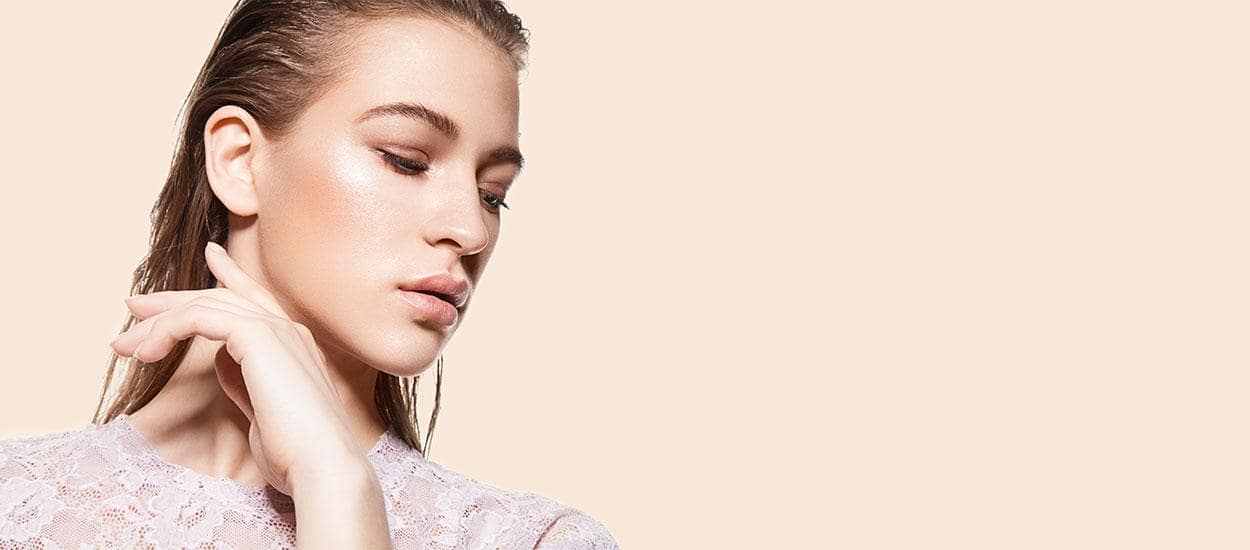
Nasal tip rhinoplasty, also known as tippoplasty, addresses the shape and size of the nasal tip, the bottom third of the nose. This conservative approach focuses only on the specific areas of concern, subtly enhancing the nose's appearance. Common objectives include raising the nose angle, refining the width, and reducing fullness without drawing attention to the changes.
The Process
This surgery involves reshaping the cartilage in the nose tip by cutting and stitching it, removing some tissue, adding cartilage grafts, and supporting the nose with a small structure. The surgeon decides the best methods based on your specific needs to give you a more refined and elegant nasal tip.
If the tip of your nose is round or bulbous due to excess cartilage, tippoplasty can help. This procedure removes the extra cartilage to make the tip narrower and more defined, improving the overall shape of your nose.
Results and Follow-up
Unlike other rhinoplasty procedures, tippoplasty does not involve bridge work, hump reduction, alarplasty, or osteotomies. Patients can expect bruising and swelling to subside within two weeks. Normal routines can typically be resumed within four to six weeks, with the surgical alterations becoming less apparent over time.
It's important to remember that everyone heals at their own pace. While this is a general timeline, your recovery experience may vary.
Hump Reduction
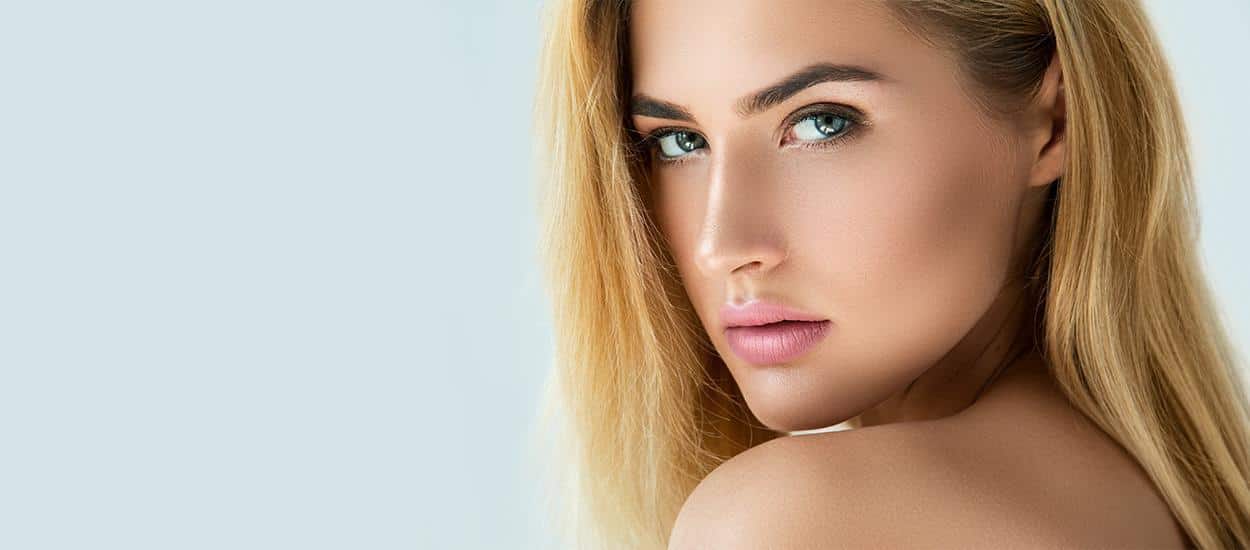
Does a bump on your nose make it appear larger than it actually is? A dorsal hump, or "hump" as many call it, creates a bump on the bridge, disrupting the classic straight profile. This can make even a small nose seem out of proportion. For some women, a hump can be particularly bothersome as it can have a masculinizing effect.
The Process
Fortunately, surgeons can effectively address dorsal humps. The surgeon makes precise incisions to access the nasal structure, typically inside the nostrils. The excess bone and cartilage are carefully reduced or reshaped using specialized tools. Once the desired contour is achieved, the incisions are closed, and a splint is applied to support the new shape during healing. This procedure can significantly improve the nose's appearance and overall facial harmony.
For more precise sculpting of the bridge, an open rhinoplasty technique may be preferable. This approach offers greater visibility, allowing for more accurate hump reduction and potentially reducing the risk of profile irregularities. Ideally, surgeons will leverage the benefits of open rhinoplasty whenever possible to achieve the best outcome. Additionally, a nose hump comes with other issues like a low bridge, droopy tip, or a tip that moves when you talk or smile. The expert surgeons at our clinic can fix these problems while performing a hump reduction.
Results and Follow-up
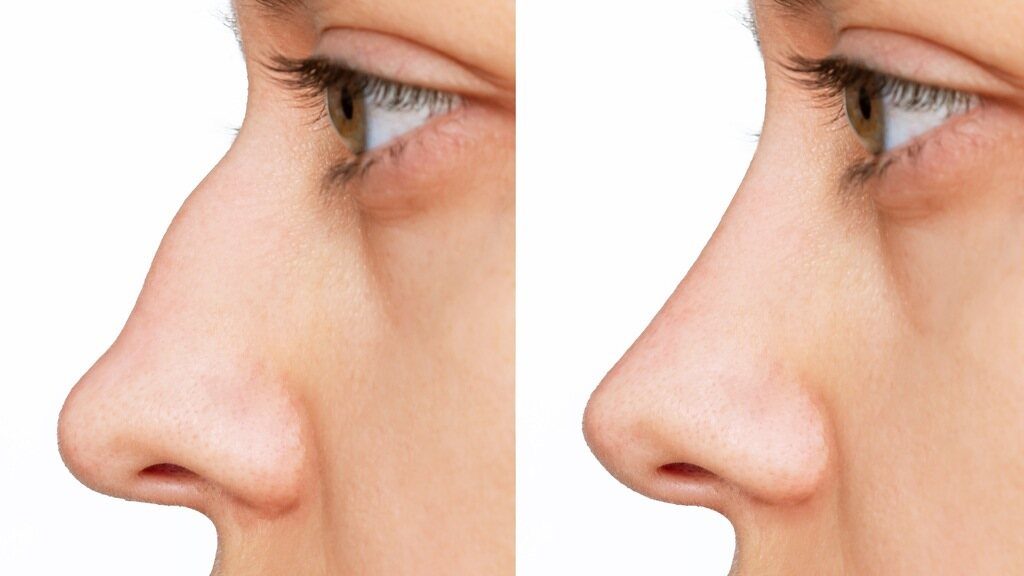
You can expect some post-operative bruising around the eyes and cheeks, which is typically prominent in the first three days. This discoloration will gradually fade within a week.
Swelling may persist for several weeks. Most will subside, but minor residual swelling, particularly around the nasal tip, can linger for several months. This residual swelling is usually subtle and unlikely to be noticeable to others.
How To Prepare For Nose Surgery In Bangkok
To ensure a smooth and successful rhinoplasty surgery at our clinic in Bangkok, we recommend following these steps:
- Six months prior: Discontinue medications containing Vitamin A (isotretinoin) and avoid nose filler injections. Vitamin A can hinder wound healing, and fillers may complicate surgery.
- Three months prior: Schedule an annual health check-up to address any underlying conditions. Additionally, avoid laser therapy or thread-lifting treatments on your nose.
- Four weeks prior: Steer clear of sunbathing, other surgeries, and smoking. Smoking cessation is crucial for four weeks before and after surgery.
- Ten days prior: Obtain a list of medications to avoid that can affect blood clotting.
Post-surgery Care
To ensure your recovery goes smoothly, we recommend following these steps to minimize swelling and promote healing:
- Rest and Elevation: For the first week, sleep with your head above your chest. This helps reduce swelling.
- Cold Therapy: Apply a cold compress to the nose to minimize swelling. You should see a noticeable reduction by day four.
- Wound Care: Keep your nose dry for at least five days to prevent infection. After suture removal, gently clean the wounds with a saline solution or clean water using cotton swabs. Apply antibiotic ointments and other medications as prescribed by your doctor.
- Dietary Adjustments: During the initial recovery, stick to a soft food diet. This will reduce stress on your nose while healing.
Consult With Dr. Seree Iamphongsai
Dr. Seree Iamphongsai is a recognized leader in the industry and a highly regarded cosmetic and reconstructive surgery specialist at Nirunda Clinic in Bangkok.
Due to his extensive experience and outstanding expertise, he is a top choice for rhinoplasty. Patients consistently choose Dr. Seree for his meticulous approach and dedication to ensuring the highest level of care. With a reputation built on years of successful procedures, Dr. Seree's commitment to patient satisfaction and exceptional outcomes makes him a trusted name in cosmetic surgery in Thailand.
Visit Nirunda Clinic to Learn More
If you have any questions about rhinoplasty surgery at Nirunda Clinic in Bangkok, please contact us to schedule an examination and consultation.
FAQs

Testimonials
Be the first to leave a review.
This review has no replies yet.





